Affiliate links on Android Authority may earn us a commission. Learn more.
Back to the future: What will a flagship from late 2016 look like?
Published onDecember 17, 2015

Flagship phones are the expression of the design language and technological advancement of the OEMs competing in the smartphone industry. These high-end, aspirational devices have evolved dramatically over the years in terms of size, construction, specs and feature – today, we’re at point where there aren’t many obvious areas of improvement left. For sure, Android phone makers will find ways to deliver incremental upgrades, but the differences between flagship generations will be increasingly smaller.
Gone are the days when notable Android phones were few and far between. Nowadays, there is almost always a new flagship device that is anticipated by the Android community. In this article, we will have a look at the prominent trends in the flagship evolution, and discuss what to expect from a top of the line Android device coming out at the end of 2016.
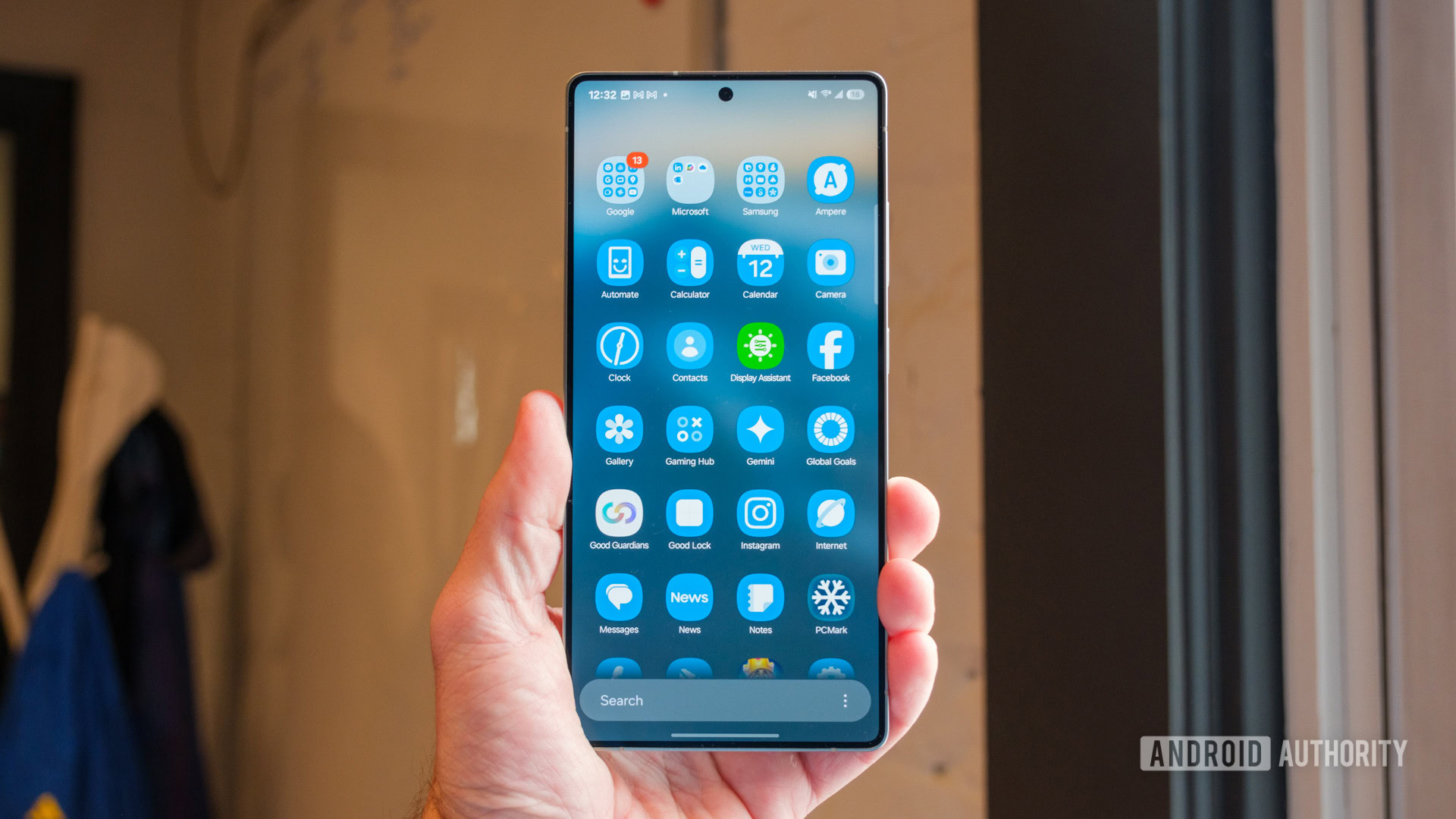
Screens and display technology: rise of AMOLED
The screen size of flagship phones grew dramatically over the years, reaching the 6-inch range with the Nexus 6 last year, when flagship became almost synonymous with phablet. For many, the new screen size was one of the downsides of the Nexus 6. Particularly those who were upgrading from a Nexus 5 found it uncomfortably large to use it with one hand.
In 2015, the majority of OEMs released phones with 5.5 to 5.7-inch screens. Inevitably, that disappointed consumers who want the biggest possible screens on their phones – in this regard, one vocal opinion is that once you get used to using a large screen, it’s rather difficult to “downgrade”.
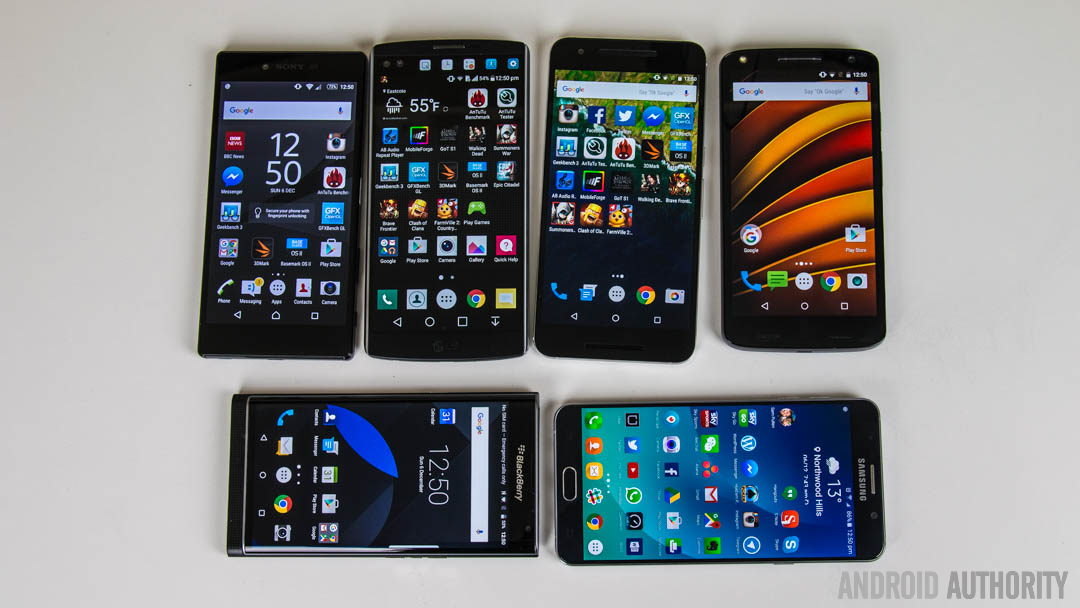
It’s possible that the market will reach an equilibrium point around 5.8-inch, especially if manufacturers focus on maximizing the screen-to-body ratio (where 80% is regarded as a critical threshold) in order to provide a large screen in a manageable form factor. For example, in the Japanese market, the Sharp Aquos X now offers a screen to body ratio of 82.2%, with almost no bezels on three sides of the screen. A move by other OEMs in this direction could definitely improve the user experience.
In terms of the underlying technology, the difference between IPS LCD and AMOLED screens is clear and we anticipate more flagships to move towards utilizing AMOLED technology, in order to get a competitive edge or just keep up with the market. AMOLED screens also help with reducing battery consumption and enable better designs, and the are getting cheaper all the time. It’s telling that most devices in our Best of Android comparison are using AMOLED screens.
A similar comparison could be made between Full HD and QHD screens, and we anticipate that the market will be dominated by QHD screens in the upcoming years, and probably starting from 2016. Sony has already showcased the first 4K screen on a smartphone (with the Xperia Z5 Premium), but we don’t expect 4K screens to take over QHD in smartphones very soon. The true quality of a screen is a measure of the relationship between resolution, screen size, and viewing distance. From this perspective, 4K screens would be more suitable for larger form factors, like tablets. Until the cost (both financial and technological) of using 4K goes down by a big margin, QHD will remain the norm.
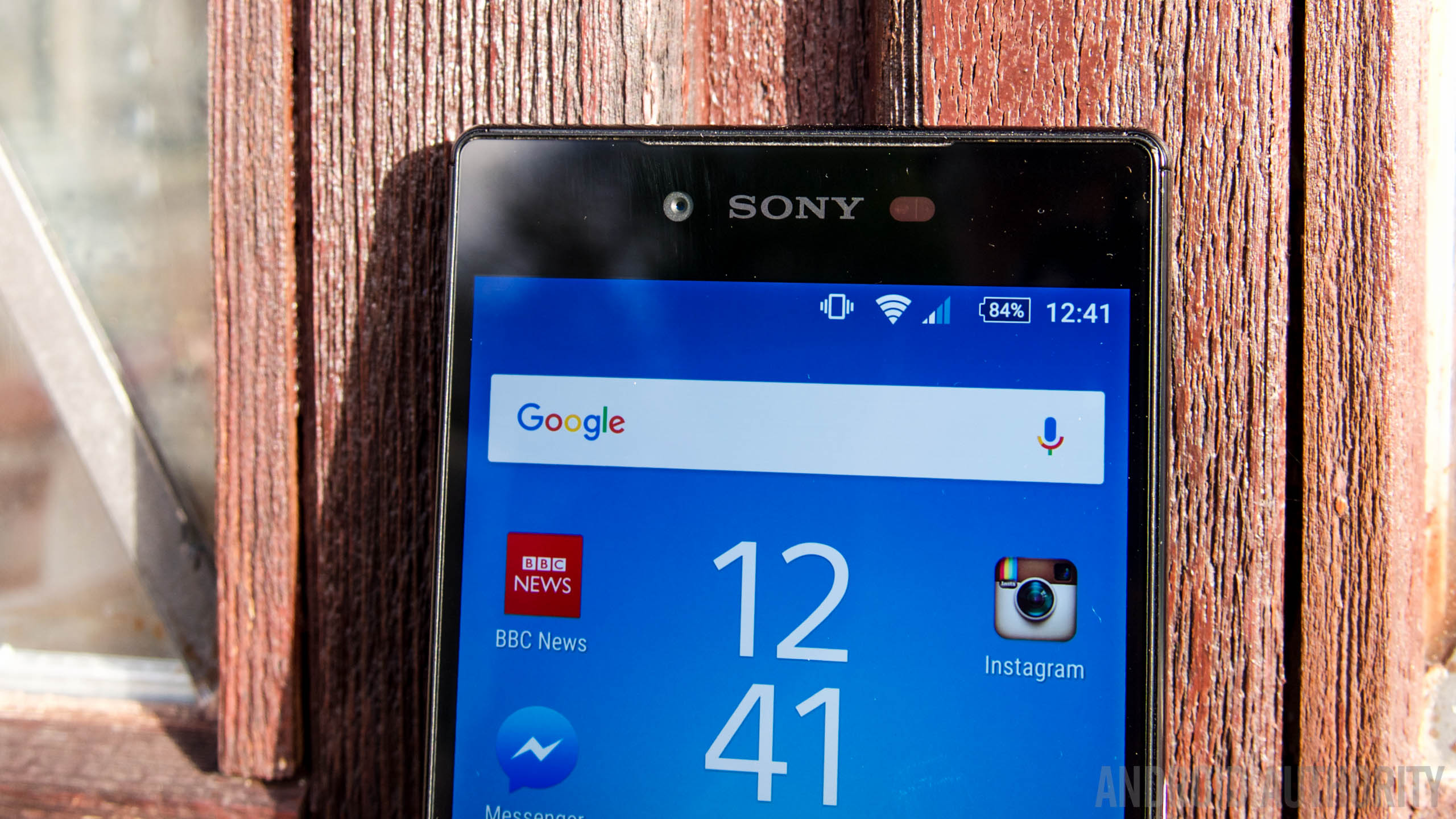
Two other display technologies have become more prominent this year: curved (Edge) and 3D Touch screens. However, their functionality in everyday life remains as a matter of debate. Google will definitely have a great influence on the translation of these technologies to more devices in the Android ecosystem. If the next iteration of the Android OS will have built in features to make use of these technologies (just like the addition of the built-in fingerprint scanner support in Marshmallow), we could expect them to take off. However, that’s a big if.
Processor and RAM: diminishing returns
There are a number of high-end processors that will be released in the market in 2016 (Snapdragon 820, Exynos 8890, Kirin 950), which will bring improvements in key domains such as speed, power efficiency, image processing, and connectivity.
Considering that there are already quite a few devices which house 4GB of RAM , we would expect the majority of the next generation flagships to have 4GB of RAM, for better multitasking and improved all-around performance.
This specific high-end processor-large amounts of RAM combination could be another saturation threshold for the market. Already, two-year old processors with 2GB of RAM are still perfectly adequate for most tasks and all but the most demanding of users. The next-gen devices we are expecting in 2016 may have even better longevity.
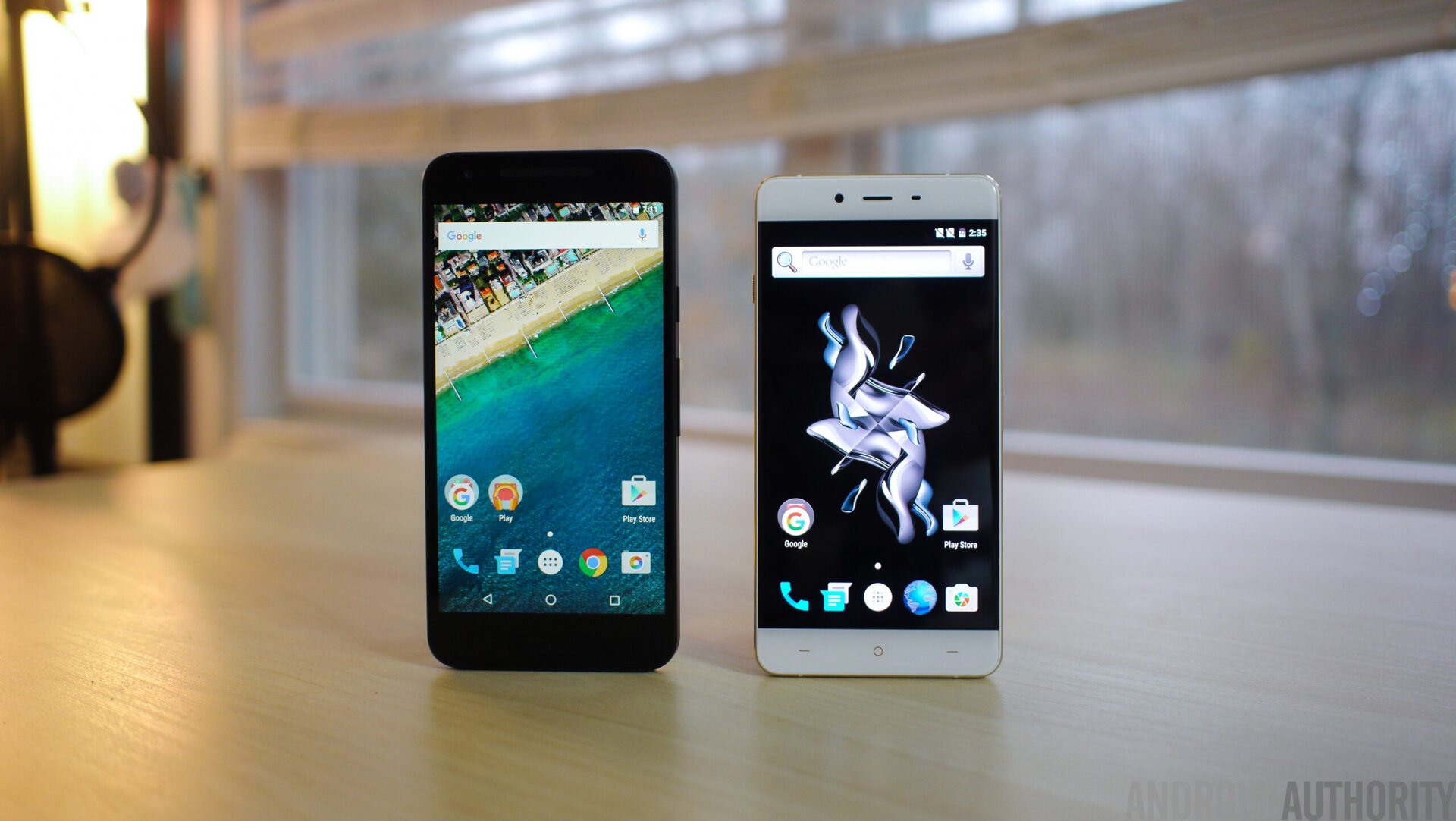
Looking into the future beyond 2016, in a world where apps and websites are being continuously improved for better mobile experience, it’s difficult to forecast whether we will ever “need” improvements beyond these specs. Even today, average user experience is remarkable. Lag can still be experienced when starting apps which demand a lot of memory capacity (for example YouTube) and when tapping the task switching button; but these hiccups are brief and – in the grand scheme of things – unimportant.
Long term, the upper boundary of processor improvements could easily reach a point where speeds approach the limits our biological functioning speed. It is known that people can make decisions in around 800 ms and a human eye blink is around 200 ms. There’s a threshold coming after which the returns of technology improvements plummet. In other words, spec bumps will show less appeal, even for tech-savvy consumers, and definitely a lot less compared to the years when the leaps from one generation to the next were much more prominent.
A potential saturation threshold of processing technology inevitably brings our discussion to battery life, aesthetics and materials. We anticipate that, increasingly, these factors will play a key role in people’s purchasing decisions.
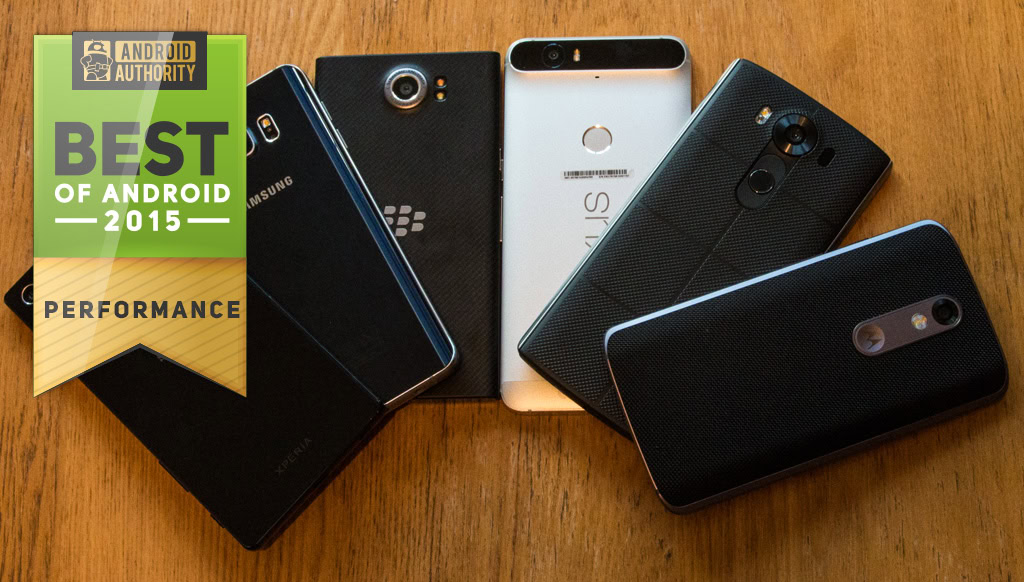
Battery life: small advancements
Although there’s been a steady improvement of the battery capacity of phones over the years, there is still a great variation across different products on the market . For example, the iPhone 6S Plus has a 2750 mAh battery, while the Motorola Droid Turbo 2 offers a whopping 3760 mAh.
From a wider perspective, we expect the battery capacities to continue to improve in the next generation flagships, as manufacturers stand to directly benefit from it – bigger batteries are great selling points, while everyone (Google, manufacturers, app developers) benefits when users can keep using their phones all day long.
We need to keep in mind that next-generation processors, along with software optimizations, such as the Doze mode in Marshmallow, will help make battery life ever longer. In this context, removable batteries – and consequently removable plastic back covers – will be a thing of the past in the flagship segment from 2016 onwards. Already, most flagship phones feature sealed designs – LG was the only major phone maker to continue to use removable back designs, and all rumors suggest that will change with the LG G5.
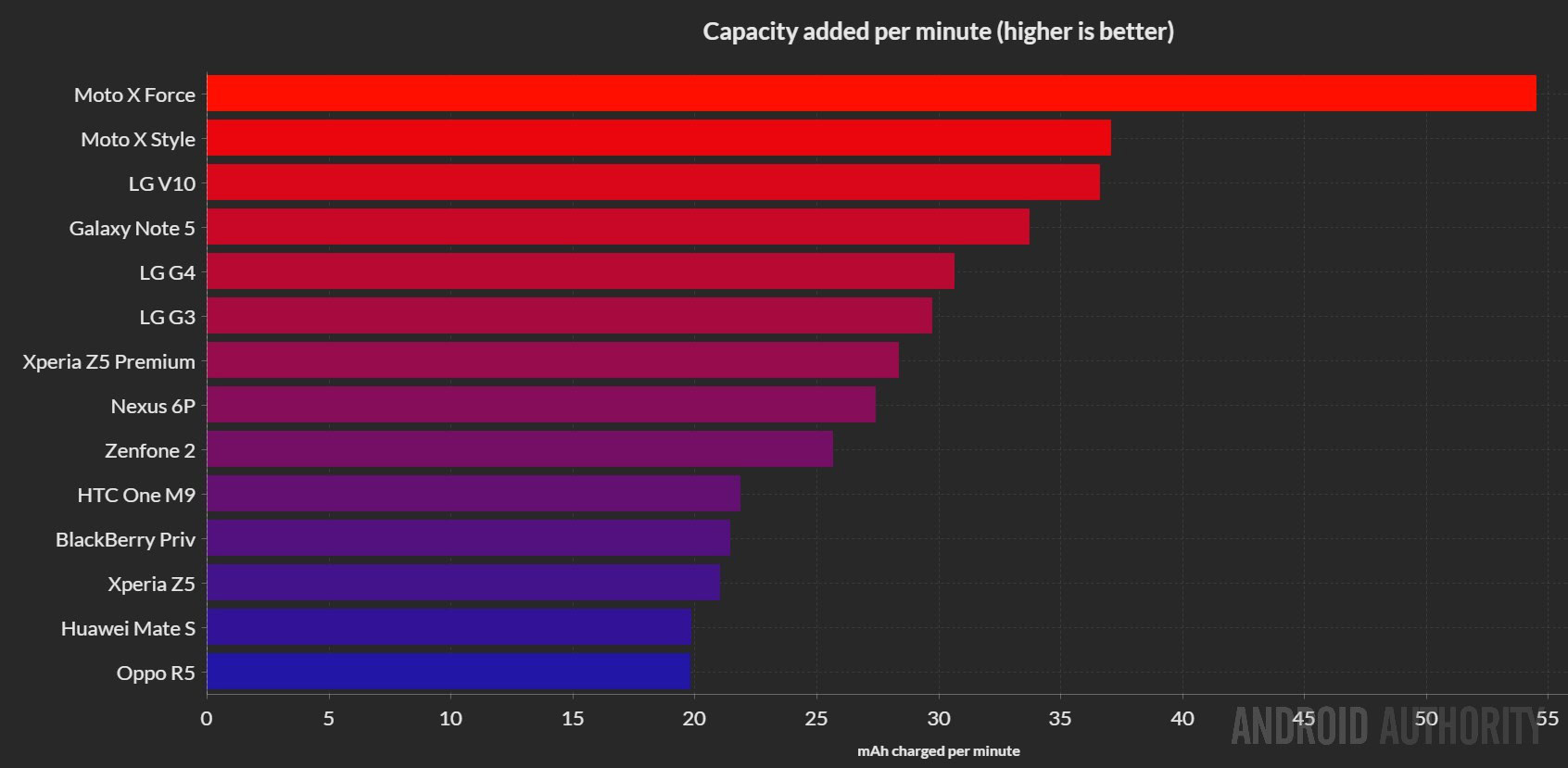
In terms of charging, we should naturally expect most flagships to come up with a USB Type-C port, as well as USB 3.1 quick charging and wireless charging capabilities. That said, there are big differences between the charging performance of devices that nominally use similar technologies, as you can see from our charging time comparison.
Build materials: metal is the new norm
In 2015, two key players (Samsung and Google/Nexus) moved towards using premium materials (glass and aluminum, respectively) in their flagships, and experience tells us that there is no going back! We need to wait and see if LG and Motorola will also join the club of unibody metal or glass designs. That’s slightly unlikely for Motorola, which offers great flexibility in terms of customization options with the Moto Maker, though one recent leak appears to be pointing towards a transition to metal unibody. As for LG, rumor has it the G5 will bring an all new metallic unibody design.
If we agree that we are approaching certain boundaries of improvement on the hardware front, this only tells us that the design and build materials will play a more important role in driving people’s purchasing decisions, and in making the smartphone business a sustainable one.
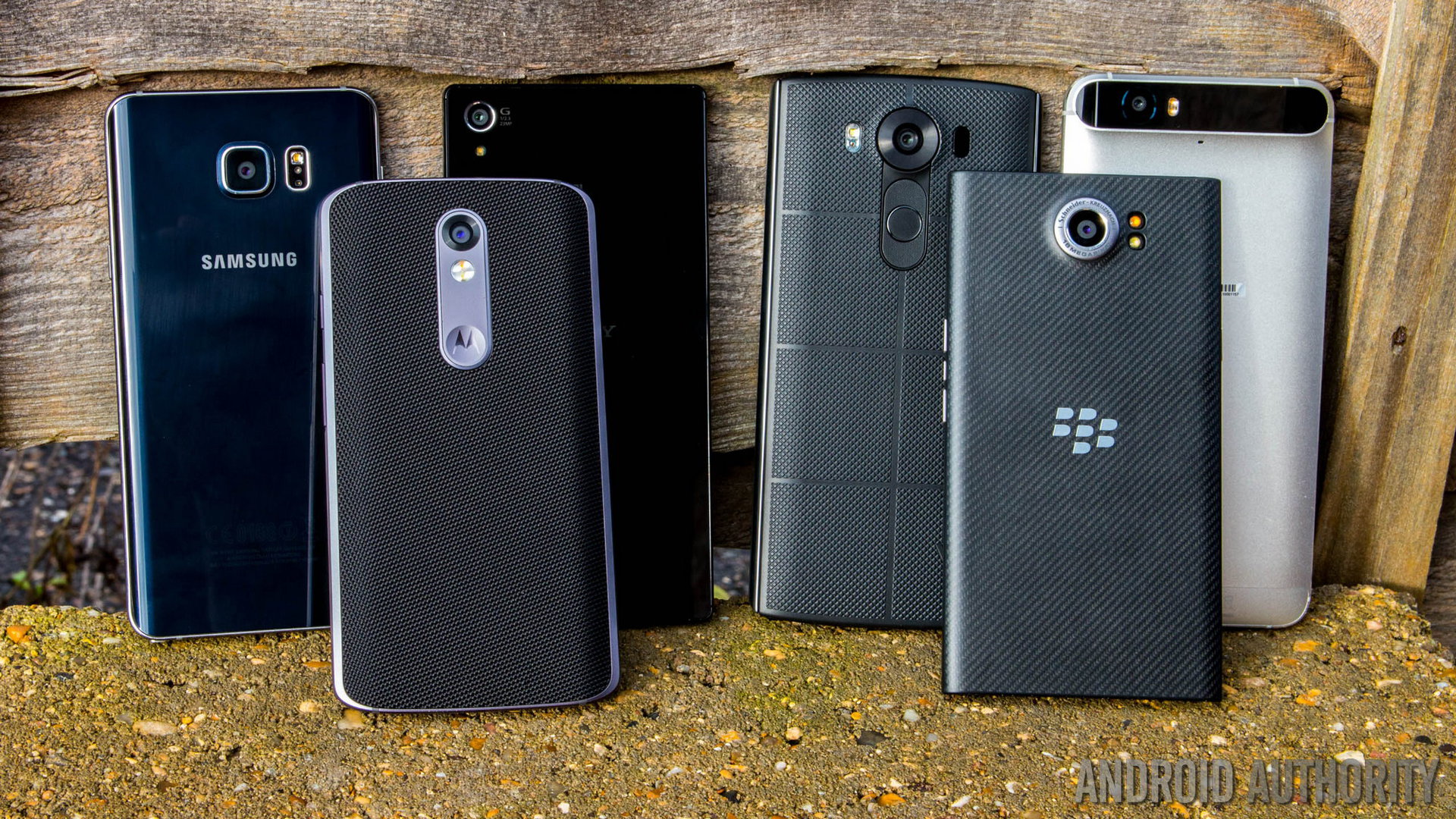
In a market where the majority of the OEMs are struggling to wring out some profits out of their smartphone divisions (Sony, HTC, Motorola, LG), we expect new devices that are well-crafted and stylish, almost like fashion accessories. It’s easy to envision new “trends” emerging in smartphone design each year, just like trends regularly spring up in the fashion industry.
In 2015, we witnessed such a style-first approach with the Galaxy S6 Edge and Edge+, which were critically acclaimed for their design. There are emerging rumors to suggest that Samsung will continue to push this design language even further in their next-generation devices. Given the commoditization of hardware, it’s likely that other OEMs will adopt a similar strategy to prioritize aesthetics in their upcoming flagships.
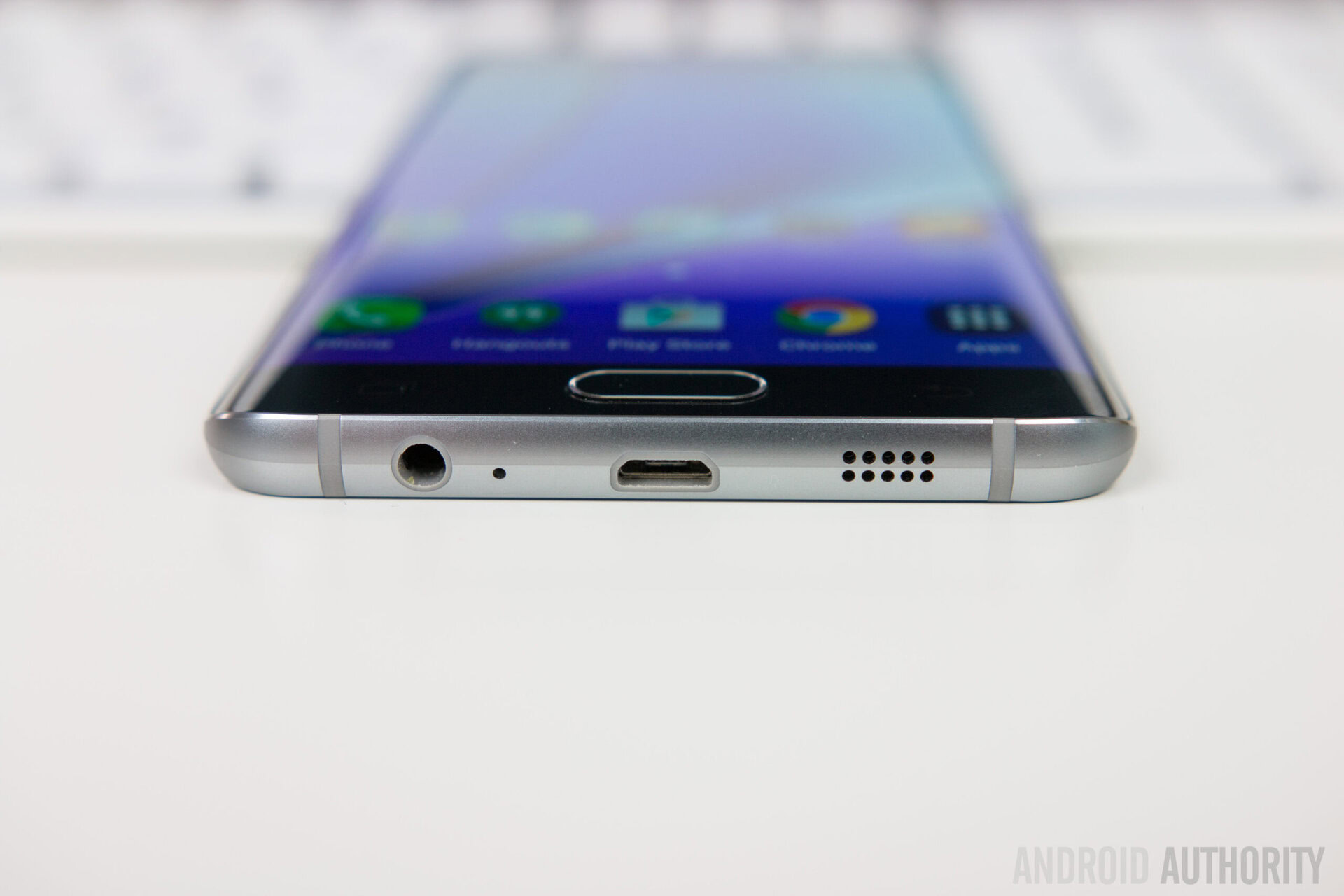
Camera: bigger pixels
Phone makers have been racing to improve and extend mobile camera abilities, particularly to meet the demands of an ever growing number of social media users. In 2015, most OEMs used Sony sensors in their hardware; the sustained demand consequently made Sony’s digital image processing business its most profitable division.
We now have flagships with cameras ranging between 12MP (iPhone 6s+ and Nexus 6P) to 23 MPs (Sony Xperia Z5 series) and we should expect to have a similar variability in 2016. Despite this large variability in pixel resolution, for most people who view the pictures they took on mobile devices, the differences between flagships are closing down in terms of daylight performance. However, low-light performance continues to be an issue.
To address this problem, this year Google opted for a camera with a greater pixel size, instead of a greater resolution. We would expect developments to continue in this direction in 2016; a majority of the new flagships might have significantly larger pixel sizes from previous generations.
Another potential trend could be dual cameras, a technology that has already been marketed by some OEMs like HUAWEI (in their HONOR 6 Plus). The two cameras could be optimized for low-light and optimal lighting conditions, working with a weighted image processing algorithm to create better images.
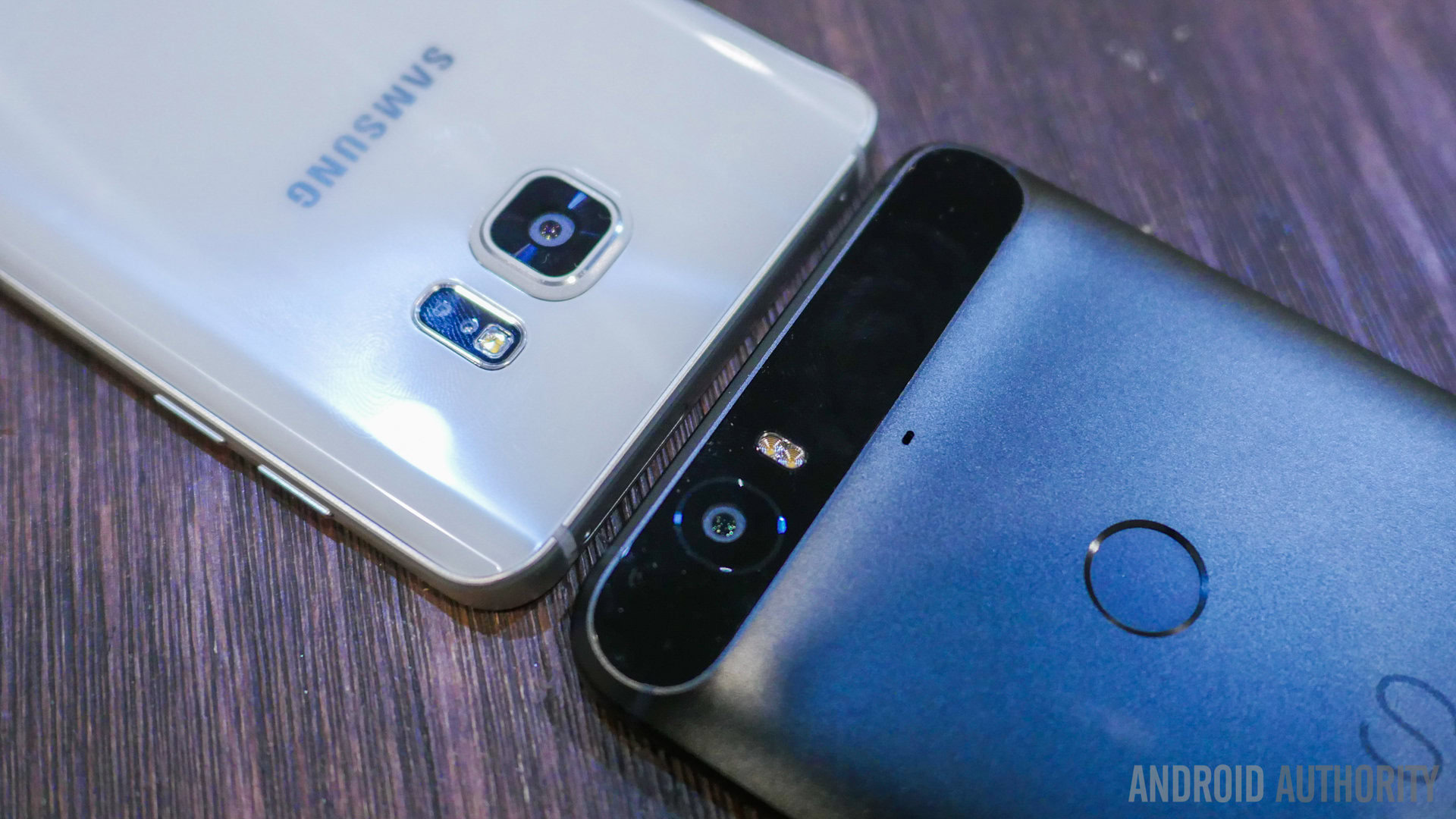
In terms of video recording, 4K resolution will be the standard in 2016 and we expect optical image stabilization to become an industry-standard (given that it’s still missing in some high-end devices like the Nexus 6P).
There is also a continuous trend towards improving the quality of the hardware in the front-facing cameras. Although there are a few smartphones with 13MP front facing cameras, it’s more likely that the industry-standard of 2016 will be 8MP. This year, we saw that Apple avoided using an LED flash for the iPhone’s front-facing camera with a very simple and clever engineering solution – using the entire screen as a flash instead. We could expect other OEMs to move towards this direction, and if paired with an optimized lighting algorithm accounting for environmental conditions, this could help selfie-lovers capture even better quality images.
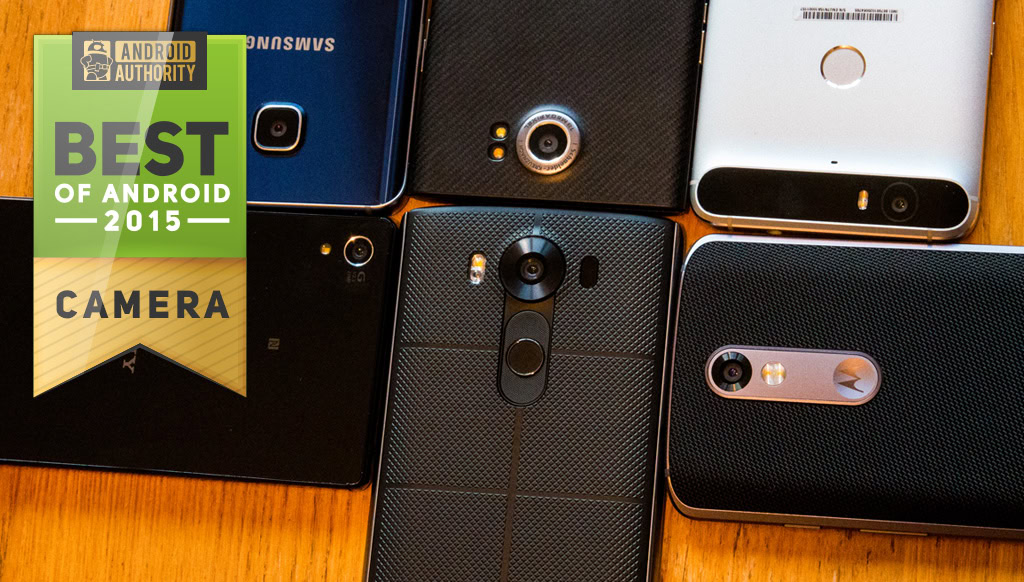
Fingerprint scanner: mainstream
Fingerprint sensors have been offered by certain Android OEMs for years, but it wasn’t until Marshmallow that support for fingerprint authentication was baked into stock Android. Nowadays almost all flagships have fingerprint scanners and we don’t expect any changes in 2016. However, the precise location of the fingerprint scanner could be a matter of question; office workers who tend to have their phones lying with their face up might prefer flagships which have the sensor on the front of the phone, whereas people who are on the go might prefer flagships which have them on the back for easier unlocking from their pockets or bags. Regardless of the placement, fingerprint scanners are here to stay.
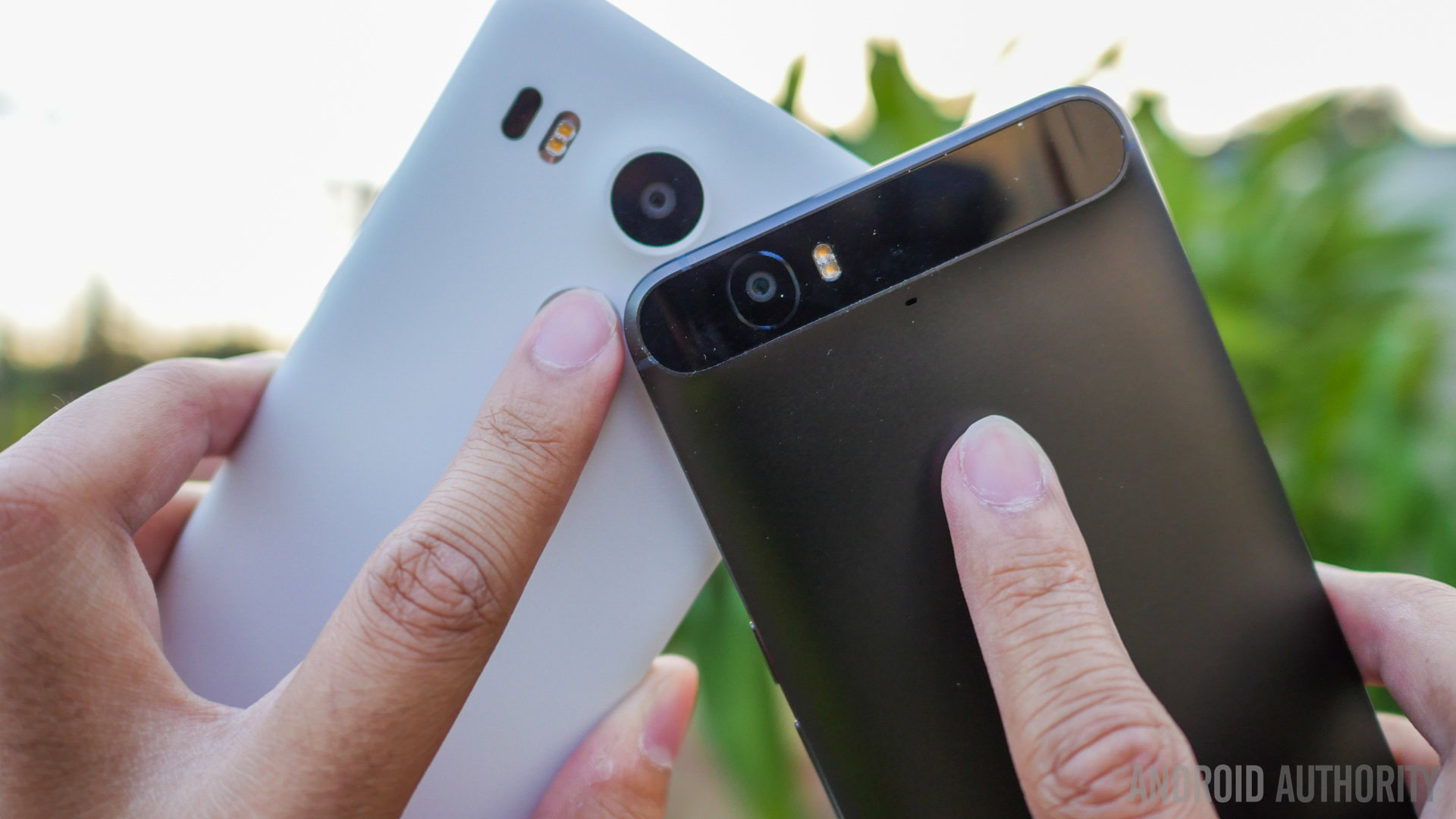
Expandable storage: heading to extinction?
In an environment where specs are gradually moving towards the various saturation thresholds that we highlighted above, it’s quite logical to expect that OEMs will move away from providing expandable storage (as it happened with Samsung flagships this year). Otherwise, the incentive to purchase a new smartphone in 18 to 24 month cycles would be even smaller than it is now. And that would clearly conflict with OEMs’ business strategies.
Moving away from expandable storage also means that the companies could profit from services such as cloud storage options which helps keep their smartphone divisions sustainable. Generally, this seems like a business reality that we all need to accept. That’s in spite of reports about Samsung bringing back the microSD slot to the flat version of the Galaxy S7.
On the other hand, what we should definitely expect is to pay a smaller premium price for the 128 GB options. Here, OEMs simply need to realize that the difference in price between 32 and 128 GB is quite hard to justify for the majority of flagships, and this is clearly where the market needs a readjustment in terms of pricing.
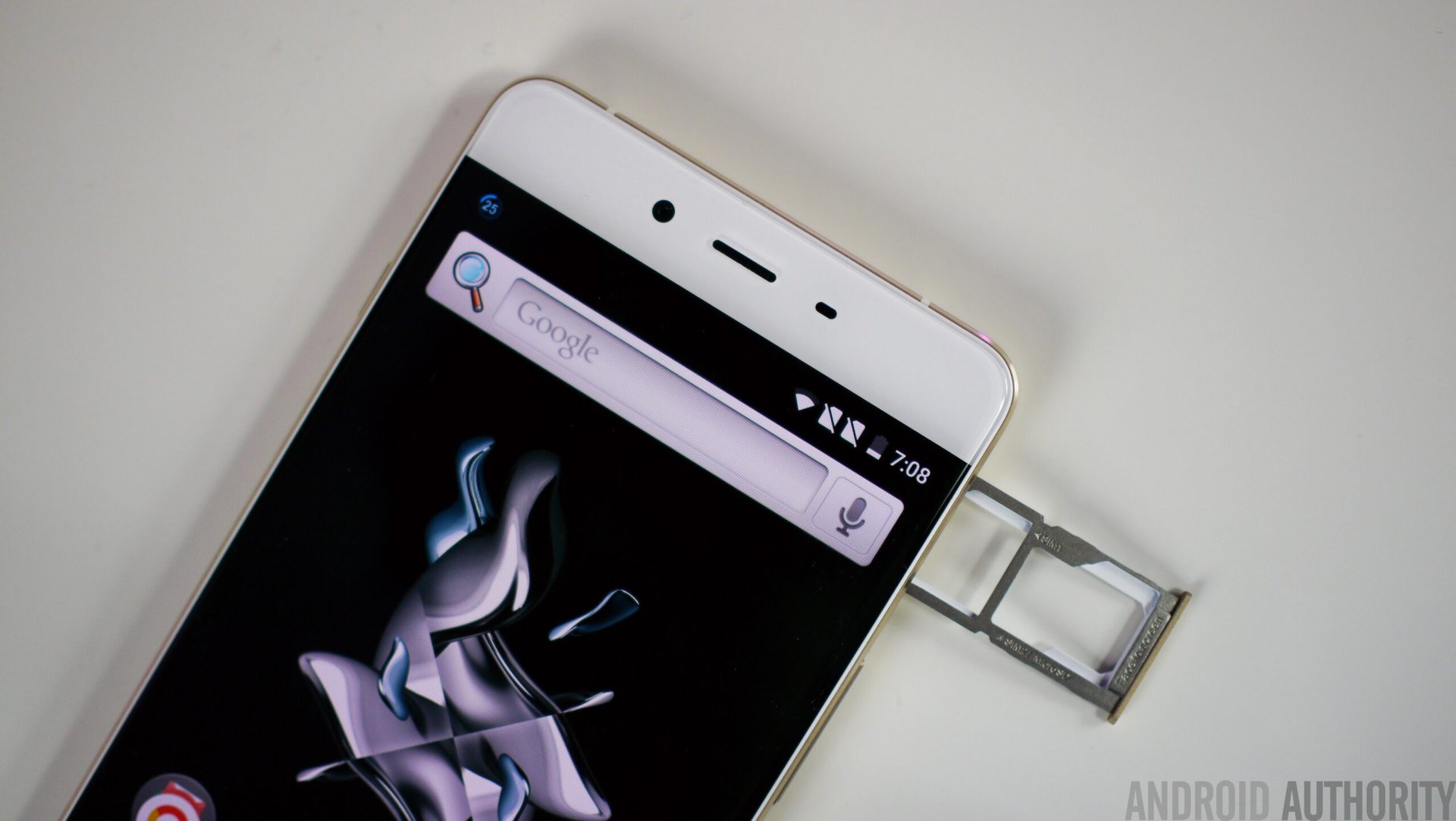
Wrap-up
Without any doubt, 2016 will be an exciting year for consumers looking for new Android flagships, and next-gen devices should come with a number of significant improvements from 2015 models. Clearly, these will be the best smartphones we’ve ever seen.
At the same time, the pace of improvements in key hardware features also brings about great challenges for the sustainability of most OEM’s smartphone business. Although we highlighted a number of directions that could help make the smartphone business a sustainable one, it’s likely that companies will continue to throw money into the spec race, ironically weakening their long term position.
How do you envision the flagship of late 2016?
